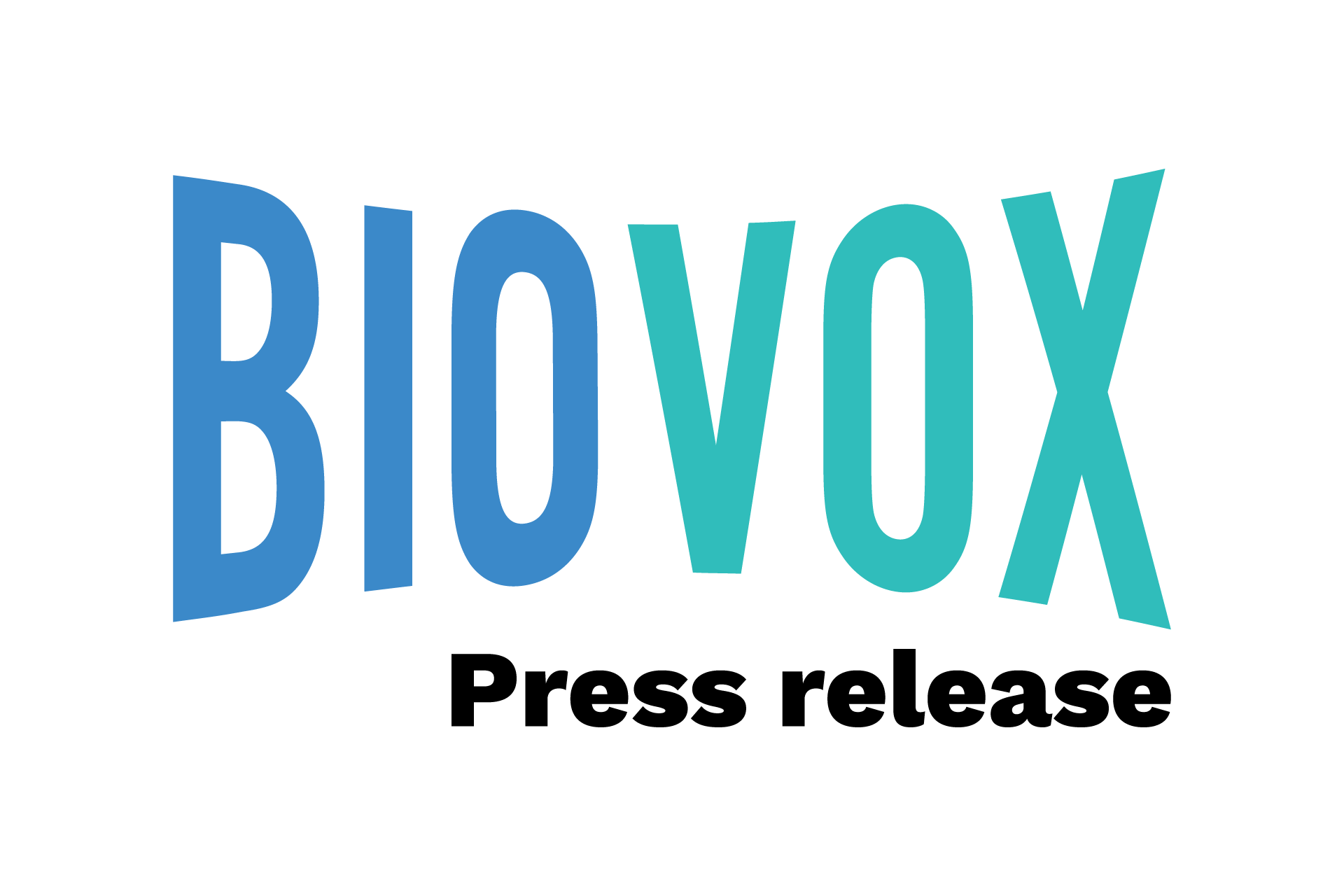As chronic diseases are on the rise and healthcare costs reach unsustainable summits, it is essential to detect pathologies early. The Internet of Things (IoT) will address these issues through participatory, personalized, predictive, and preventive Medicine. Embedded sensors, wireless connectivity, and energy harvesting technologies will transform the healthcare industry by multiplying the number of connected medical devices, projected to exceed 20 billion by 2020. Successful medical devices and pharmaceutical companies are using engineering simulation to develop systems that ensure high reliability, provide data privacy and speed up regulatory compliance.
The emerging connected medicine efforts face 3 major challenges:
- Size, Weight, Power, Cooling: Smaller, lighter and more energy-efficient wearables or implanted devices for patient comfort and reliability, while adding IoT technologies and higher density of electronic components.
- Sensing and Connectivity: An implanted or body-worn device needs to sense its environment, communicate with other electronics, properly interpret measured parameters to achieve a preliminary diagnosis.
- Reliability and Safety: The multiplication of body-worn or implanted devices induces a serious risk that emitted energy might exceed the specific absorption rate (SAR).
Successful healthcare companies are addressing these issues by adopting a simulation driven product development approach:
- Antenna Design and Placement: Using computer-based models, including the entire environment and the human body, engineers can assess the performance of multiple antennas.
- Power Management: Simulation tools are used to design and analyze a variety of power delivery systems and their impact on the human body.
- Embedded Software: Future connected devices will include software to interpret data and to deduce relevant diagnoses. Model-based embedded software simulation significantly accelerates the pace of development projects.
Simulation will become a greater differentiator, provide more competitive advantage, and amplify and accelerate innovation in the connected medicine era. Read more about this topic in Engineering the Internet of Things: Wearables and Medical Devices
By Thierry Marchal Global Industry Director Healthcare, ANSYS, Inc.


